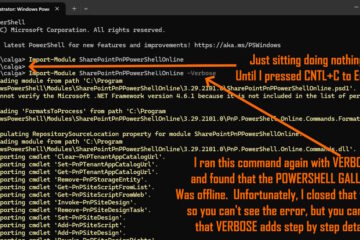After Google Chrome and a number of viruses were removed from a Windows 7 64Bit PC, Internet Explorer 32 Bit could not surf the internet, but Internet Explorer 64bit had no problems. This was very odd. I later determined that all 32 bit apps, including Malware Bytes could not connect to the internet.
These are the things I tried to correct the problem:
- Ran a complete scan with Malware Bytes even though the database was 70 days old and cleared off a bunch of junk.
- Uninstalled a few Norton antivurus and malware products, then downloaded and install Microsofts free Security Essentials and completed a full scan
- In IE9 32bit, I clicked the TOOLS cog, INTERNET OPTIONS, ADVANCED, RESET button.
- Using IE9 64bit, I downloaded and installed Firefox 11, but found it could not connect to the internet either
- Checked C:\WINDOWS\SYSTEM32\DRIVERS\ETC Hosts and LMHOSTS files for problems but found none
- Checked network card settings for buggered up DNS settings, but found none
- Deleted both my wired and wireless network cards via DEVICE MANAGER, then rebooted and let them plug and play
- Ran REGISTRY SMOKER to remove any dead links in the registry
- Read dozens of blogs
- Openned a command prompt with RUN AS ADMINISTRATOR and ran netsh winsock reset and rebooted
- Re-registered a pile of IE9 DLLs including regsvr32.exe “c:\program files\internet explorer\ieproxy.dll”
SOLUTION:
I came close to an in-place upgrade, which is putting in the Win7 CD and telling it to upgrade the current install, but in the end this is what fixed the problem:
- Uninstall Service Pack 1 (SP1) for Windows 7 which shows up in PROGRAMS AND FEATURES, UPDATES, Service Pack for Microsoft Windows (KB 976932)
- Use Windows Update (or IE9 64 bit) to reinstall SP1
- Openned a command prompt with RUN AS ADMINISTRATOR and ran netsh winsock reset and rebooted. You can get more information on this HERE and HERE
There now, wasn’t that easy 🙂



2 Comments
Jack · January 8, 2013 at 6:09 pm
There is an easier fix. I found it on the following site:
http://www.explosiveknowledge.net/main/2012/08/31/tcpiperror/
1) Go to control panel/ network and sharing
2) Change adapter settings
3) Right click the network adapter and go to properties.
4) Click Install
5) Select Protocol, then add
6) Select Have disk, then type in c:\windows\inf and press Open
7) Choose Internet Protocol Version 4 then press Ok
That should fix it…
Max · September 2, 2012 at 6:41 am
Thanks for this solution, wish I’d come across this three days ago!! Well, I had exactly the same issue. I wasn’t quite ready to give up the ghost, but I’d pretty much run through all options. After successfully getting rid of a couple of pieces of malware, I kept getting rootkit infections in the recycle bin and I wasn’t sure if the 32/64 bit problem was because of an infected winsock or some other tcpip problem. FSS was reporting an incorrect md5 hash for afd.sys and tcpip.sys, but this could have just been a versioning issue. So I replaced afd, tcpip on the safemode command line, no dice. Tried reseting winsock got access denied even on safe moded commandline. Discovered deny permission set on a bunch of registry entries, and read only permsissions set on the winsock entries. Once they were deleted I could reset winsock. But still the 32/64 bit prob. Went through many many other steps including with 5 different AV suites and 20 odd malware and rootkit tools. Anyway long story short, came across your page here and downloaded and installed SP1 (I didn’t have it installed initially) and it has fixed the problem what ever it was.
Many thanks.